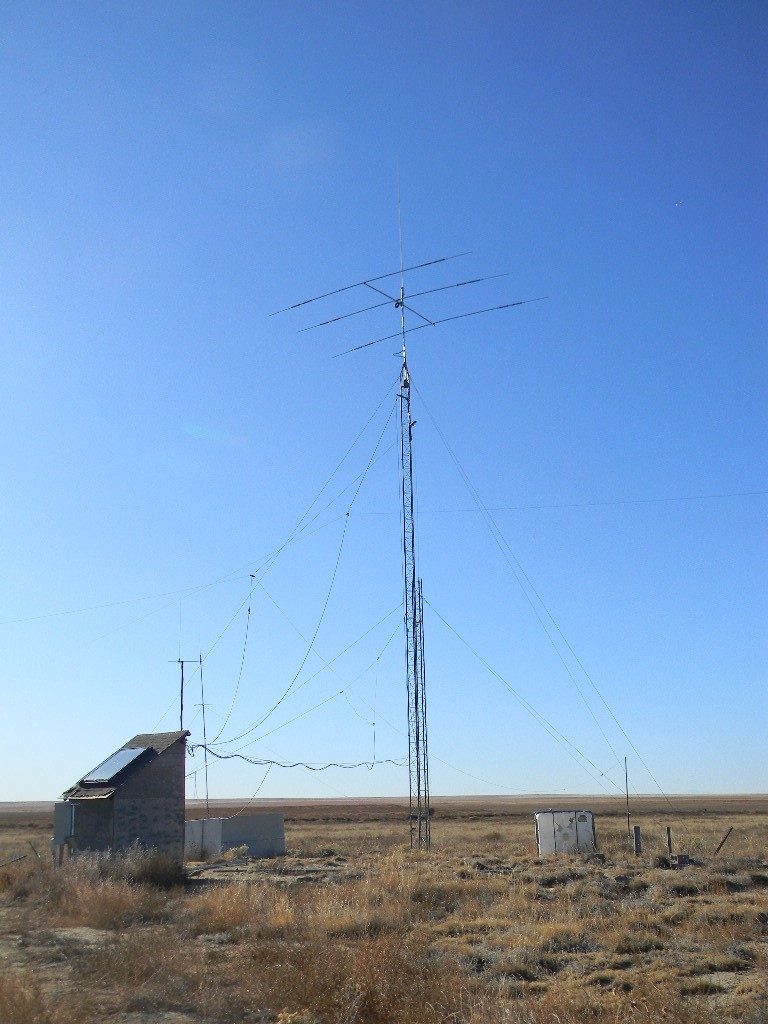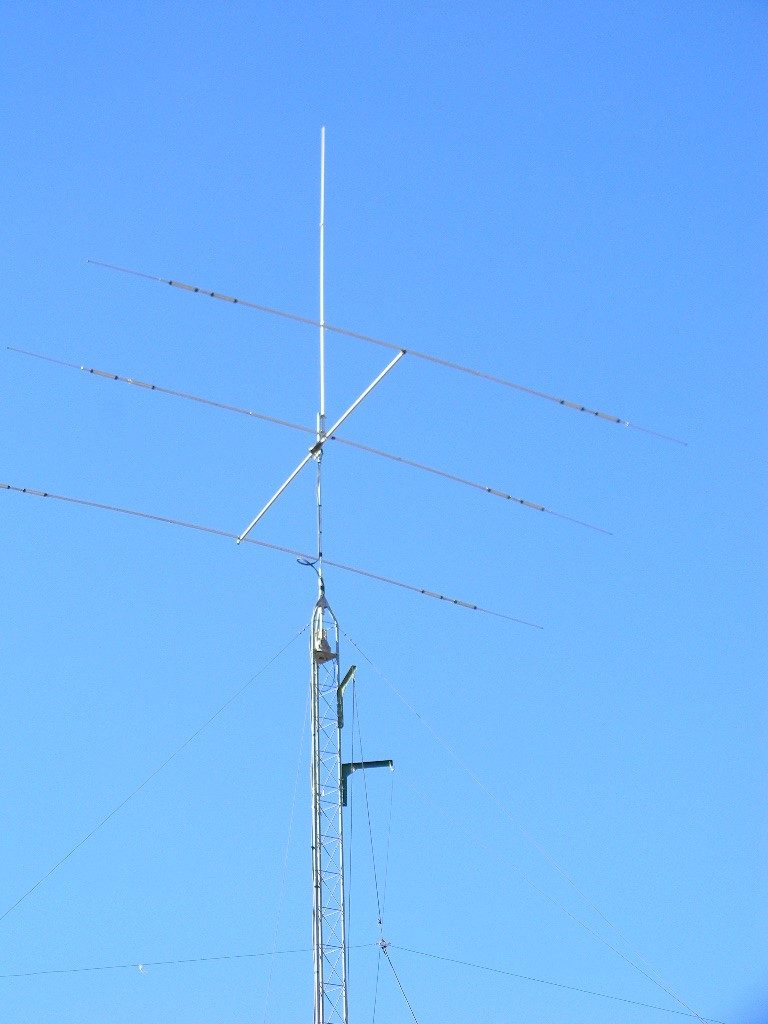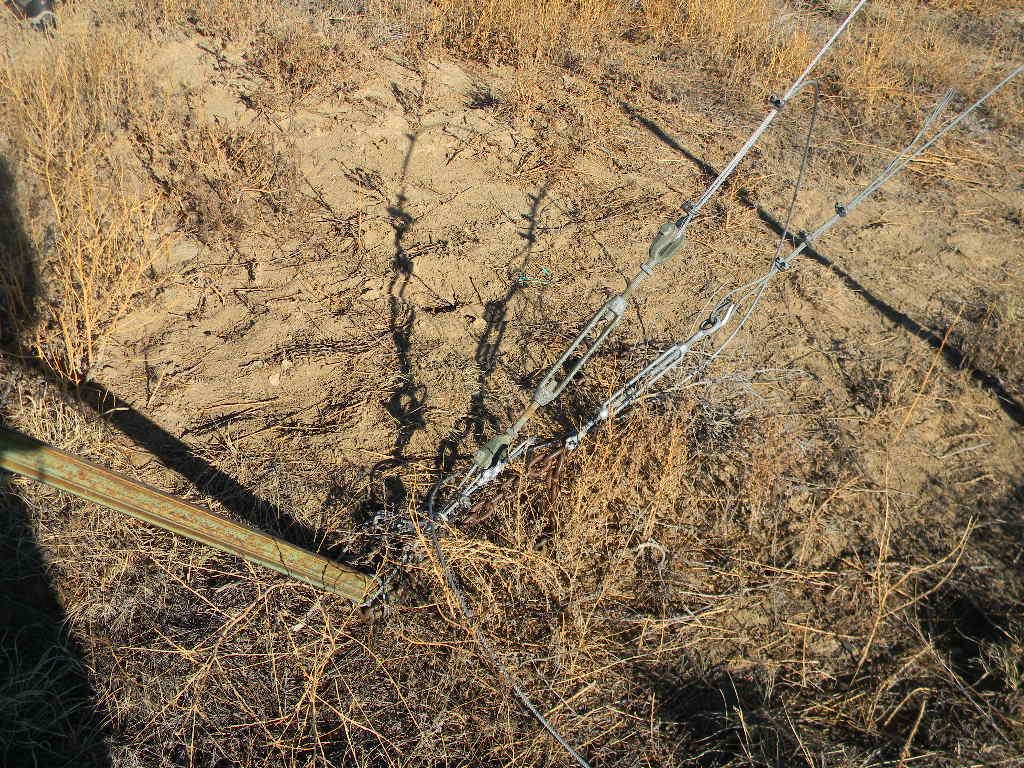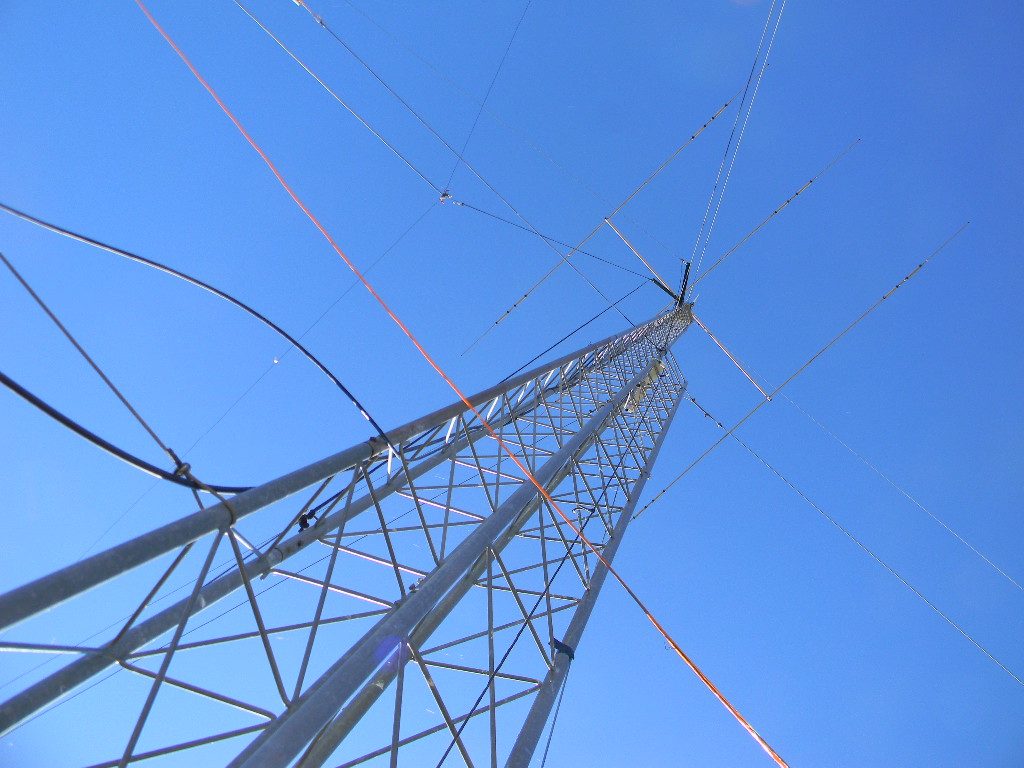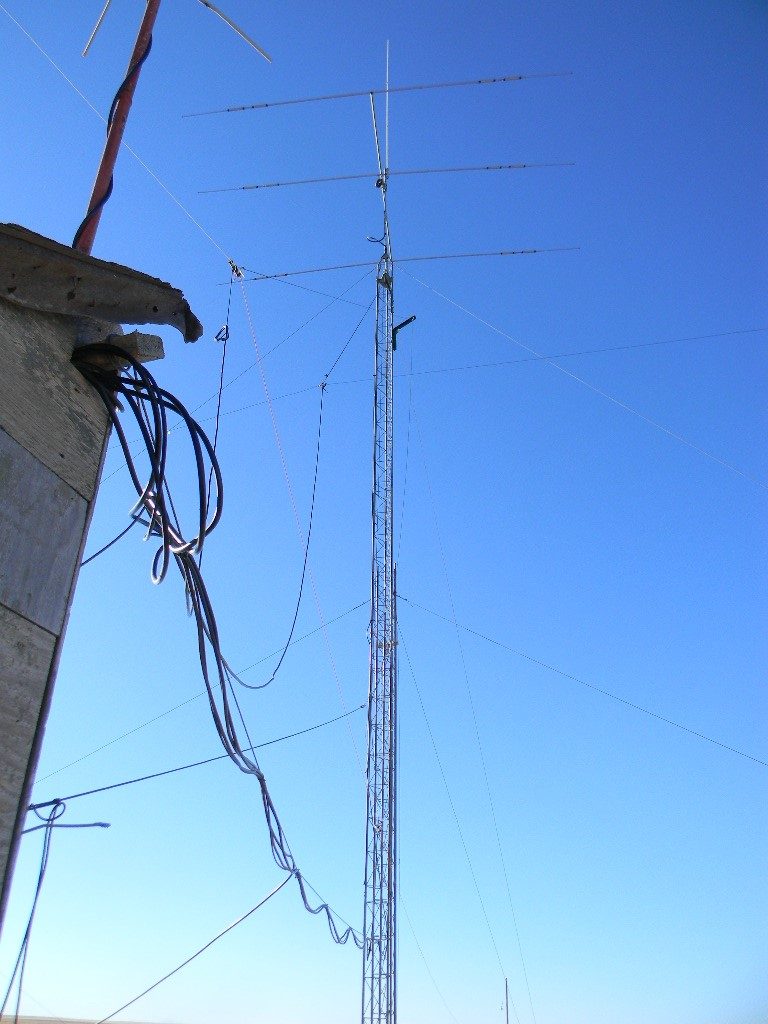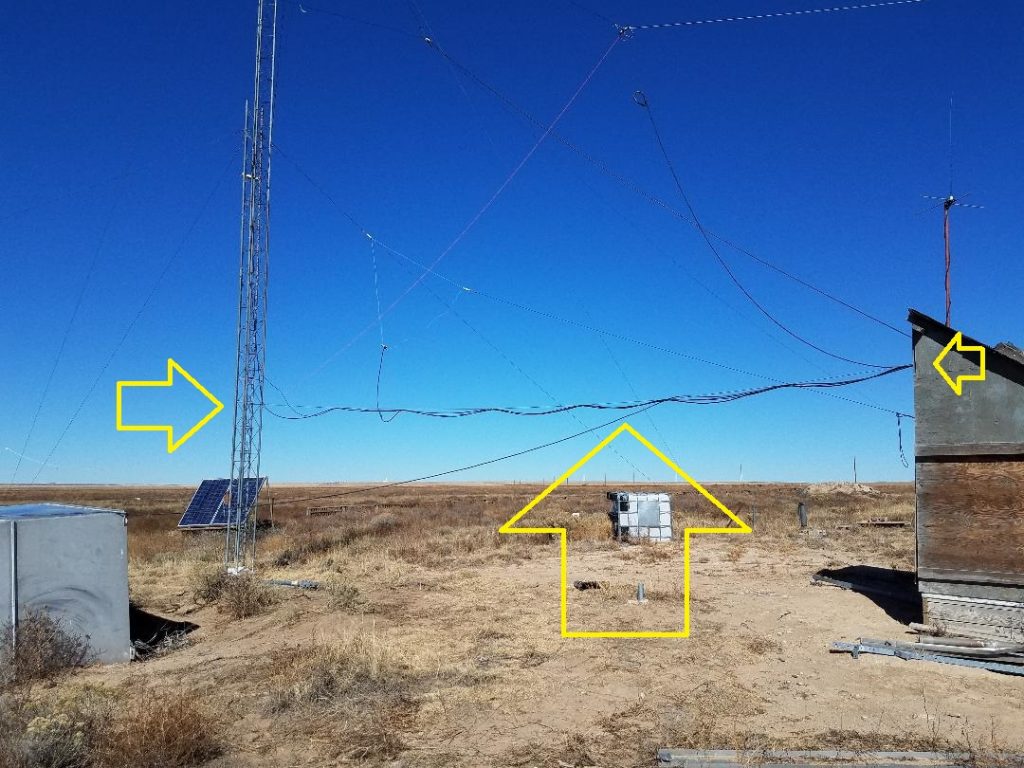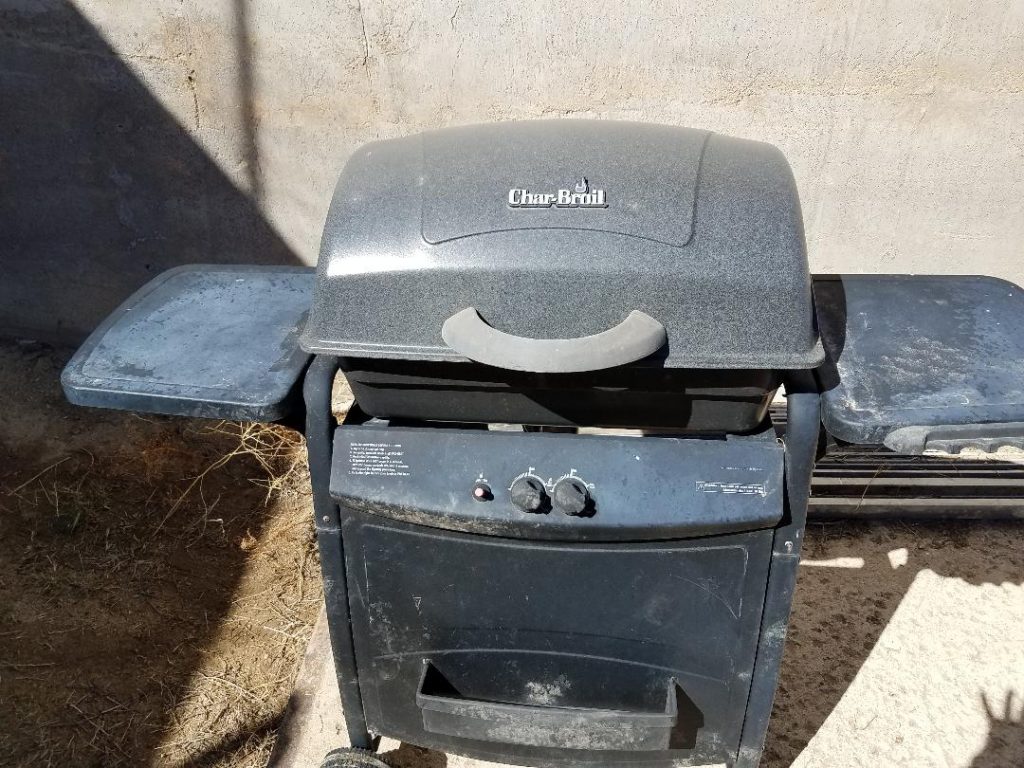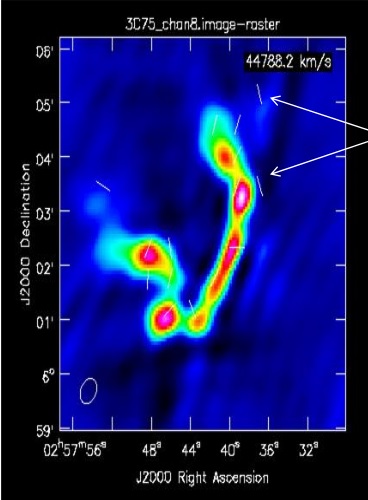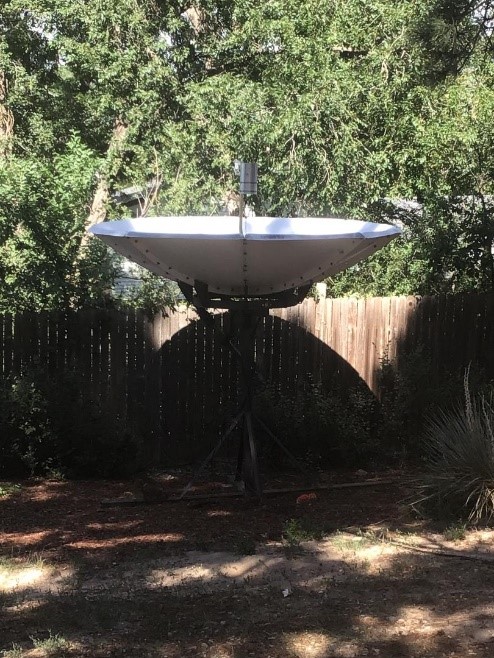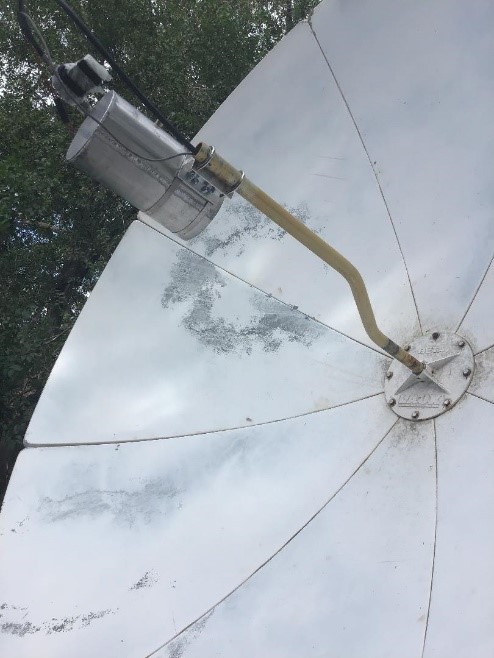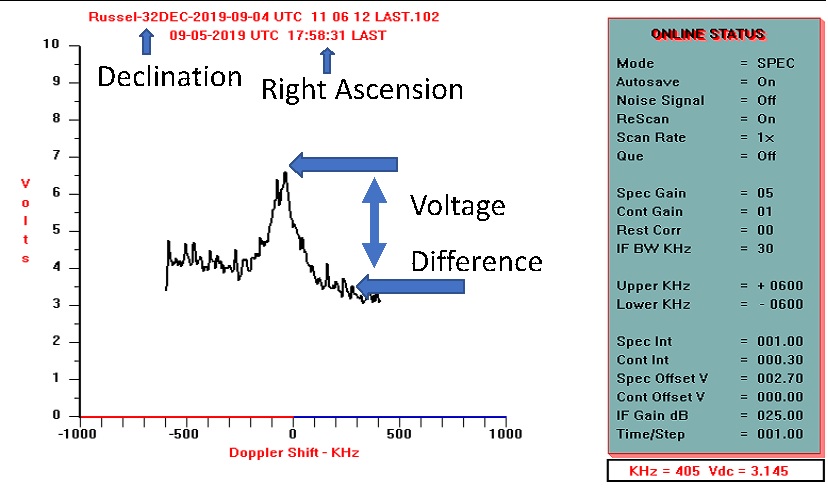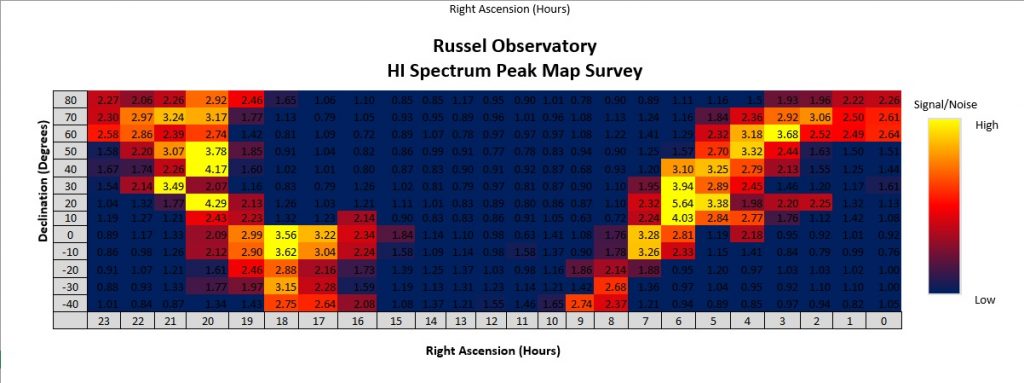By Gary Agranat. Participating were Bill Miller and Gary Agranat.

Bill Miller and Gary Agranat represented the Deep Space Exploration Society at the 2019 Haswell Bazaar last Saturday, October 26th. The bazaar is held at the town’s community center, which is their former elementary school. At the bazaar are crafts, foods, and specialized products sold by local residents. Our antenna site is located just a few miles from the community center. The fair is also an opportunity for the local residents to socialize. And for us in DSES, it is a chance for us to socialize with them too.
Bill Miller created two new display panels for the event. These present an illustrated overview of our work and accomplishments to date. The panels are organized into four topics: infrastructure work, our radio astronomy science, ham radio, and outreach.
Gary brought a laptop which presented a running slide show of about 180 photos of our activities from the past year.
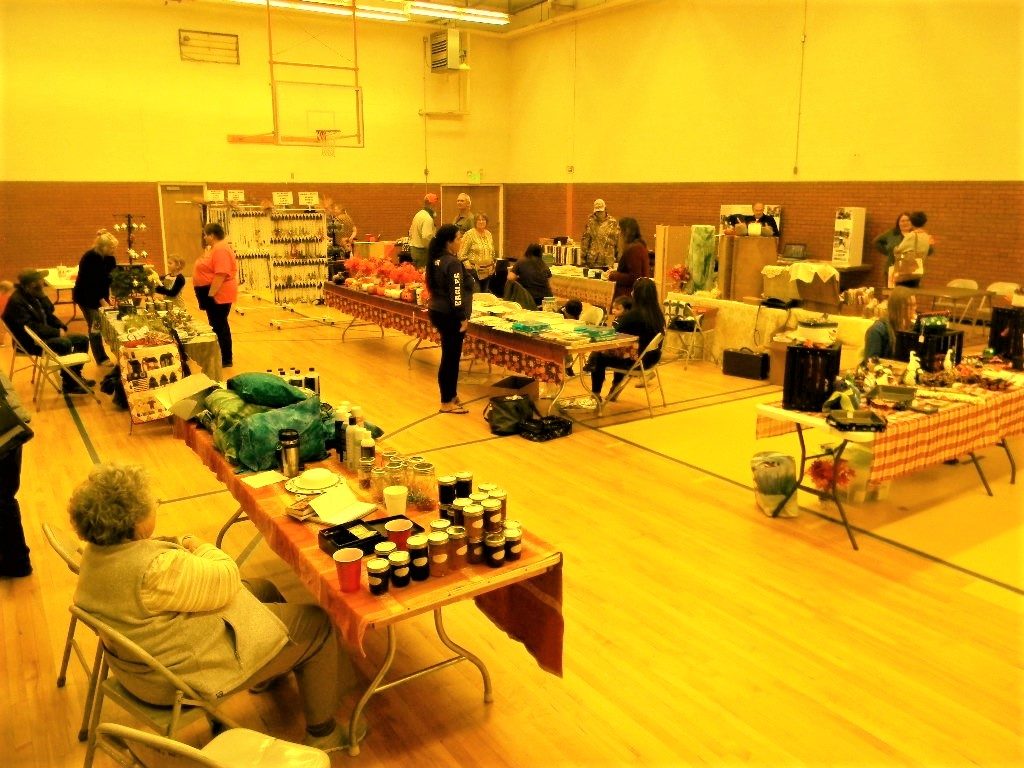
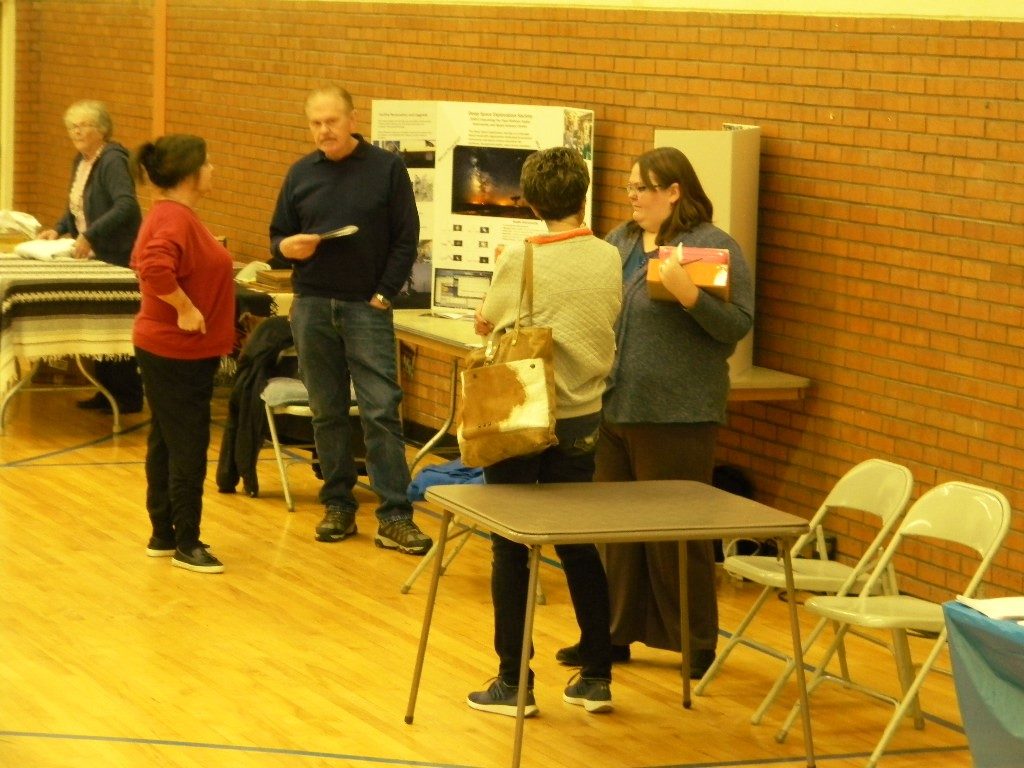

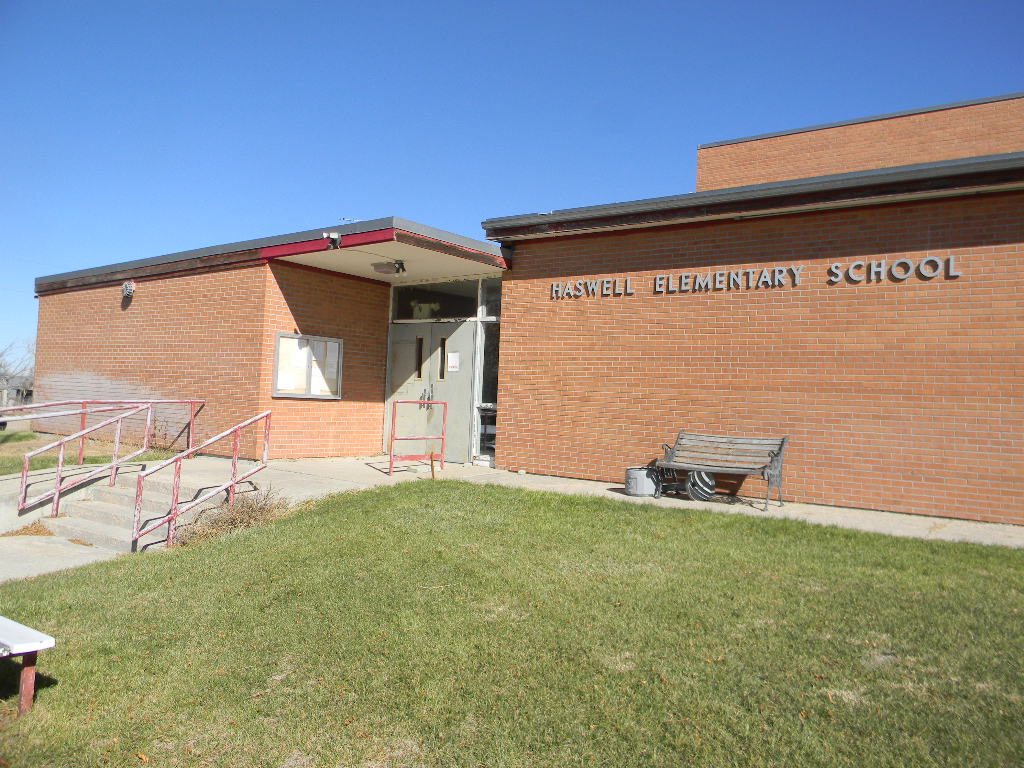
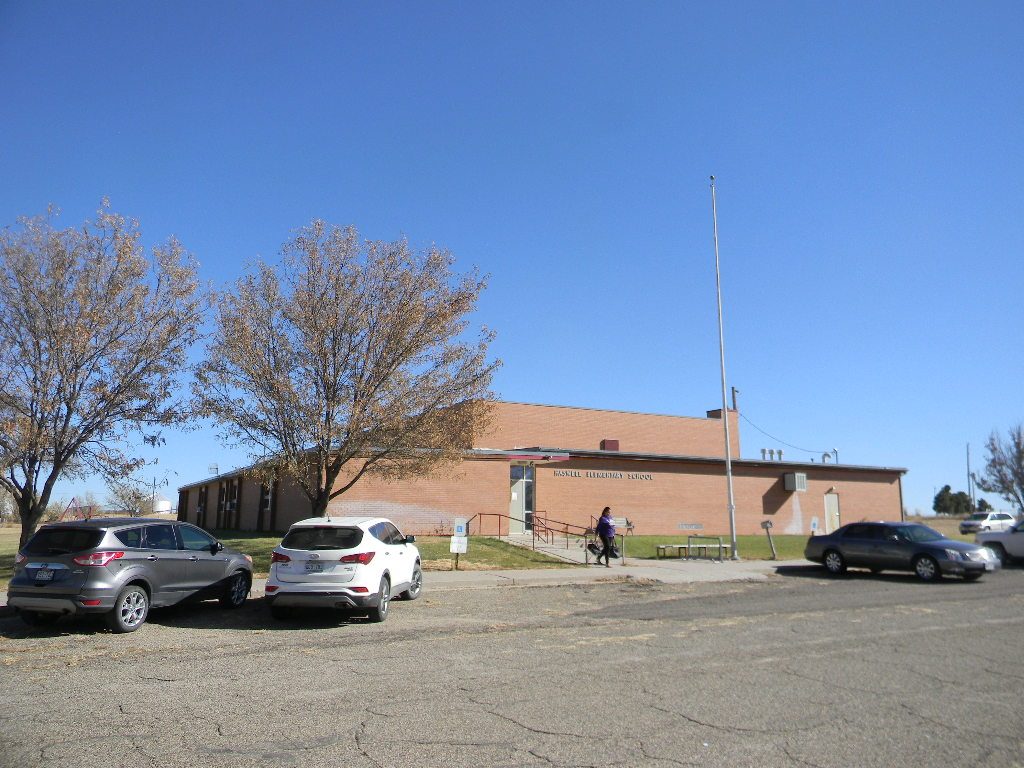
The bazaar concluded by 3 PM. The bazaar was a good opportunity for us to participate in the community activities, to show to the community what we do, and to continue to foster our good relationships with each other.
* * *
During the past year, the local railroad line that runs east-west through town had restoration work begun. The line had been abandoned several decades ago. We learned that the original Haswell railroad depot building is still in town. We were told where it is, and we went to look. We were told that if passenger rail service was restored, there was interest to restore this depot, and bring it back to the rail line and utilize it again. It is the only surviving railroad depot building from the original Missouri Pacific Railroad.
* * *
After the bazaar was finished, we stopped at our Plishner antenna site. There we looked at the progress of the ham radio tower. And Gary retrieved the ham radio log data from the most recent contacts. Steve Plock made our first contacts with the Yagi antenna on the new tower last Friday. He contacted AG5Z in Mississippi on the 20 meter band, and 9Y4D in Trinidad on the 15 meter band.
